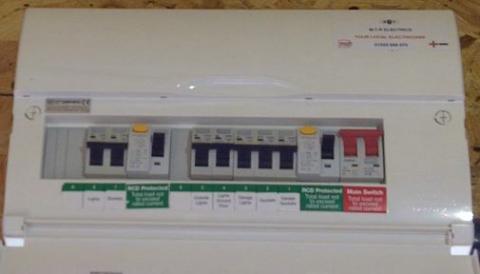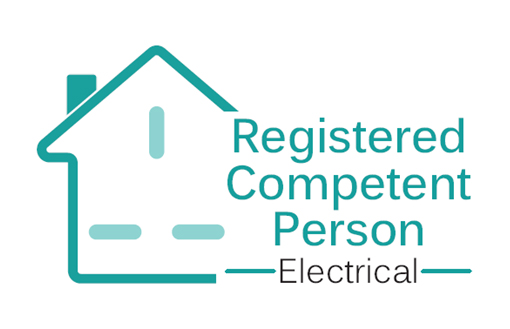RCD Protection, What is an RCD?

Many of the blogs that I have written in the past mention how important it is to have an RCD fitted in your home. Although I've explained the importance of having one, I've never actually explained what an RCD does and how it protects the household.
An RCD stands for Residual Current Device. It is an essential safety device that automatically cuts off the electricity if there is a problem. This might sound pretty boring and bog standard, and you might even wonder what the point of having one is.
An RCD is a quick mover. It detects a problem before you even realise there is one and cuts the power in less than a split second. As an example, if you were mowing your lawn with an electric mower and you accidentally cut through the wire, the RCD would activate and save your life. If you went out and left your washing machine running and it developed a fault, the RCD could save your home from burning to the ground.
Electrical Safety First found in a report carried out in 2011/12 that an estimated 20% of electrical fires could be prevented by the presence of an RCD.
Many home owners in Bromley, Bexley and Kent ask me what the point is in an RCD, especially when fuses and circuit breakers also cut the power if a problem develops. The fact is an RCD is far more sensitive and will definitely activate in the event of a problem. A Fuse or circuit breaker is not guaranteed to react fast enough and it might be too late.
A fixed RCD device has been fitted to virtually all circuits in new or rewired houses since July 2008. If you have one fitted that is great, if you haven't it is highly recommended that you do so in order to stay electrically safe in your home.
If you have one, it is important that you test them regularly. They are 97% effective, but in the same vain as you test your fire alarm weekly it is worth getting into the habit of testing your RCD every 3 months. You can see how to test your RCD here How to test my RCD
The effectiveness does of course improve if you test it. Simply hold the test button for a few seconds and the electricity supply should cut out. If it does not, then you will need to seek advice from a qualified, registered electrician.







